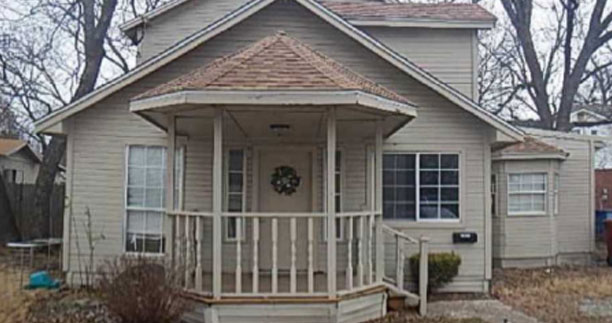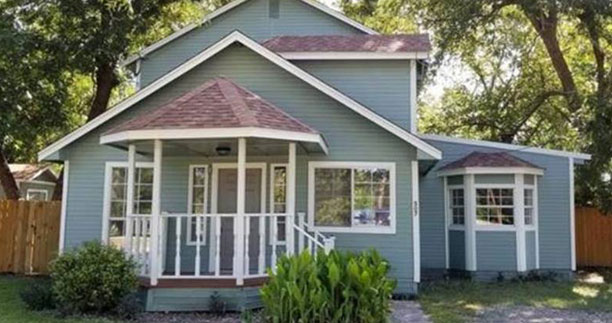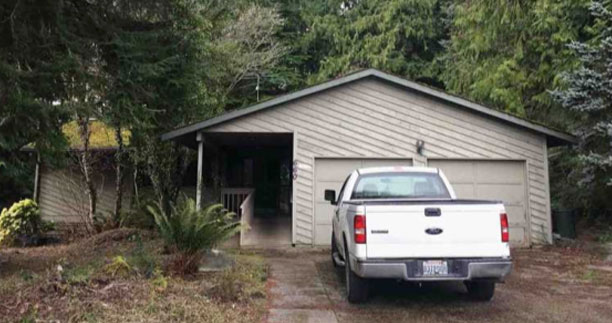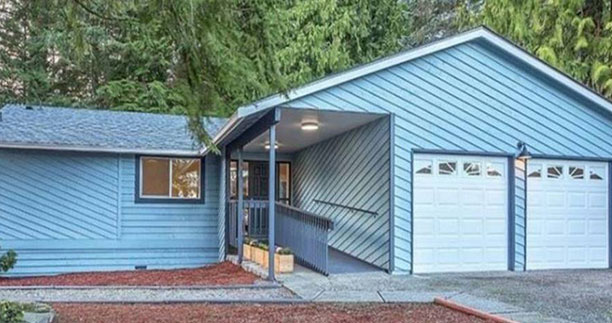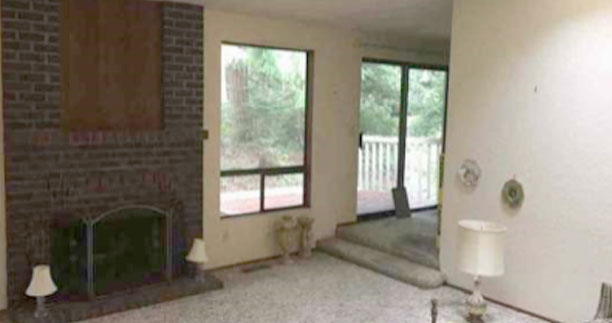Demolition and Cleanup
Demolition and cleanup are critical phases in many fix and flip projects, especially when dealing with properties that require significant renovations or structural alterations. Properly managing these phases can save time, reduce costs, and ensure safety. Here’s a detailed breakdown of demolition and cleanup for a fix and flip property:
Demolition:
Definition:
Demolition involves the tearing down of structures or parts of structures to pave the way for new construction or remodeling.
Key Aspects:
- Types of Demolition:
- Selective or Interior Demolition: Only certain parts of the building, such as specific walls, floors, or fixtures, are removed.
- Complete Demolition: The entire building or structure is torn down.
- Safety:
- Use of personal protective equipment (PPE) including safety goggles, helmets, and gloves.
- Safeguarding against hazardous materials, such as asbestos, lead, or mold. Special handling and disposal might be necessary.
- Environmental Impact:
- Dust control measures.
- Avoiding damage to nearby vegetation or structures.
- Proper disposal of waste to reduce environmental harm.
- Cost Factors:
- The size and complexity of the structure.
- Accessibility of the property.
- The presence of hazardous materials.
- Local disposal fees.
Steps:
- Inspection: Determine the extent of demolition required. Look for hazardous materials that need special handling.
- Permitting: Obtain necessary demolition permits from local authorities.
- Utility Disconnection: Ensure water, gas, electricity, and other utilities are safely disconnected.
- Demolition: Depending on the project, this might involve sledgehammers for smaller jobs or heavy machinery like bulldozers for larger demolitions.
- Material Separation: Segregate materials for recycling, reuse, or disposal.
Cleanup:
Definition:
Cleanup involves removing debris, waste, and unwanted materials from the property, ensuring it’s ready for the next phase of the flip.
Key Aspects:
- Debris Removal:
- Renting Dumpsters: Depending on the volume of waste, you might need to rent dumpsters to collect and haul away debris.
- Hauling Services: Some companies specialize in removing construction waste.
- Recycling & Reuse:
- Some materials, like metal, wood, or concrete, can be recycled.
- Fixtures or materials in good condition can be donated or resold.
- Cost Factors:
- Volume of waste.
- Types of materials (hazardous vs. non-hazardous).
- Local disposal fees.
- Transportation costs for hauling waste.
- Final Cleaning:
- After major debris is removed, a thorough cleaning is necessary before starting renovations. This might involve sweeping, vacuuming, and wiping down surfaces.
Steps:
- Gather Materials: Collect all waste into designated areas or containers.
- Sort and Separate: Categorize materials for recycling, disposal, or donation.
- Hauling: Use professional services or rented equipment to transport waste.
- Disposal: Ensure waste goes to designated facilities, especially for hazardous materials.
- Deep Cleaning: Prepare the site for renovation work.
Conclusion:
Demolition and cleanup are foundational to many fix and flip projects. Properly managing these stages not only ensures safety and environmental responsibility but can also lead to cost savings through recycling or reuse of materials. Always budget for potential unforeseen complications, such as the discovery of hazardous materials or structural issues, and consider the local regulations and fees associated with waste disposal and demolition work.

